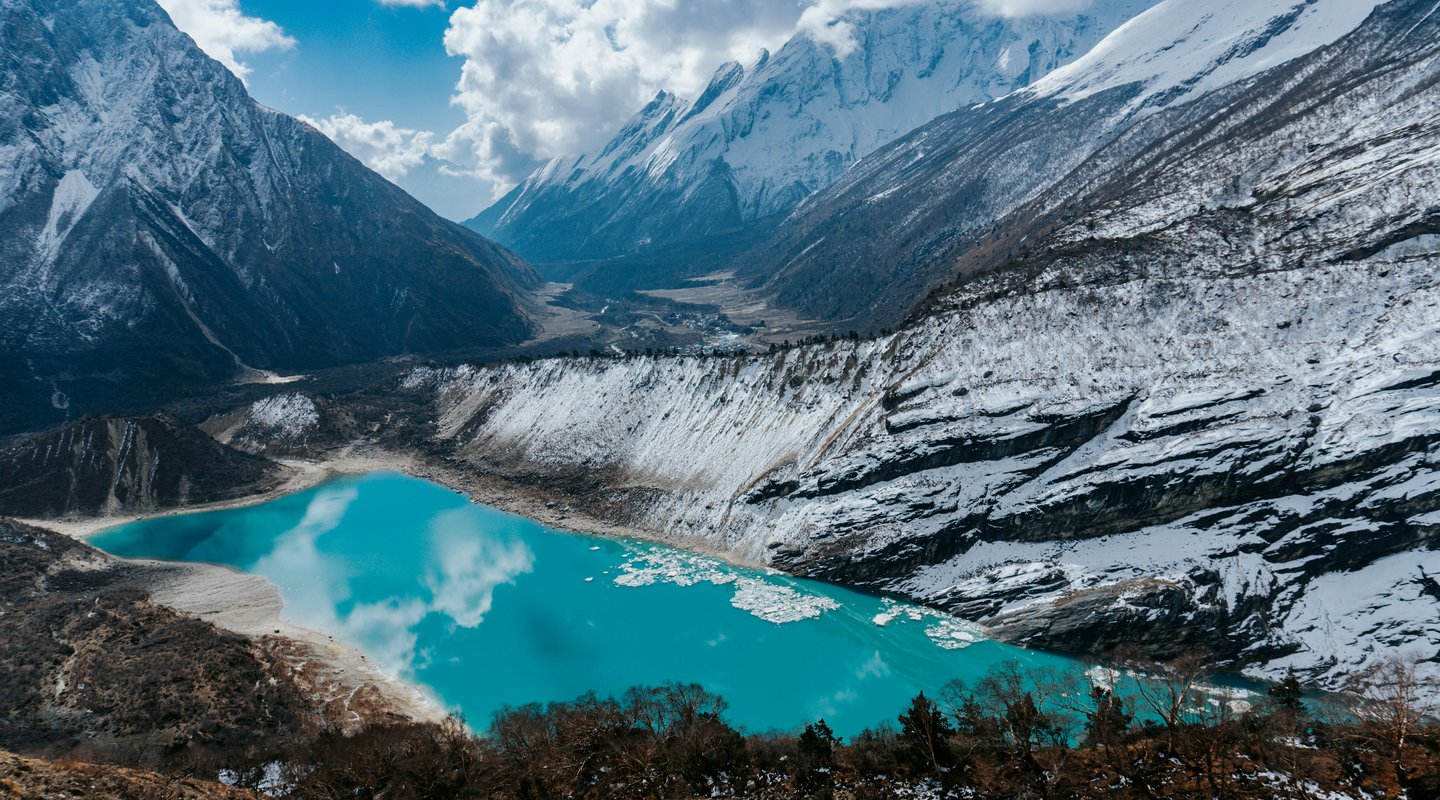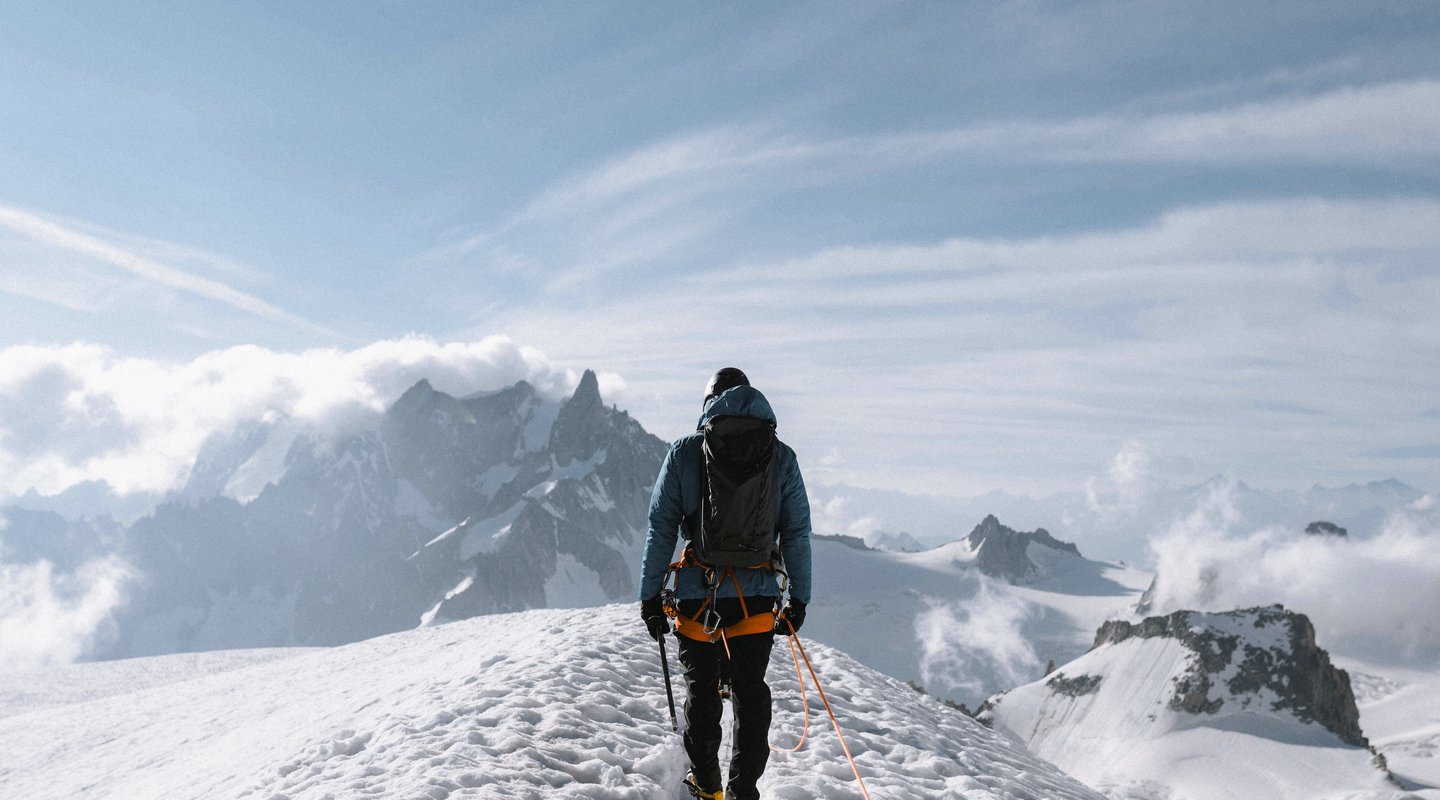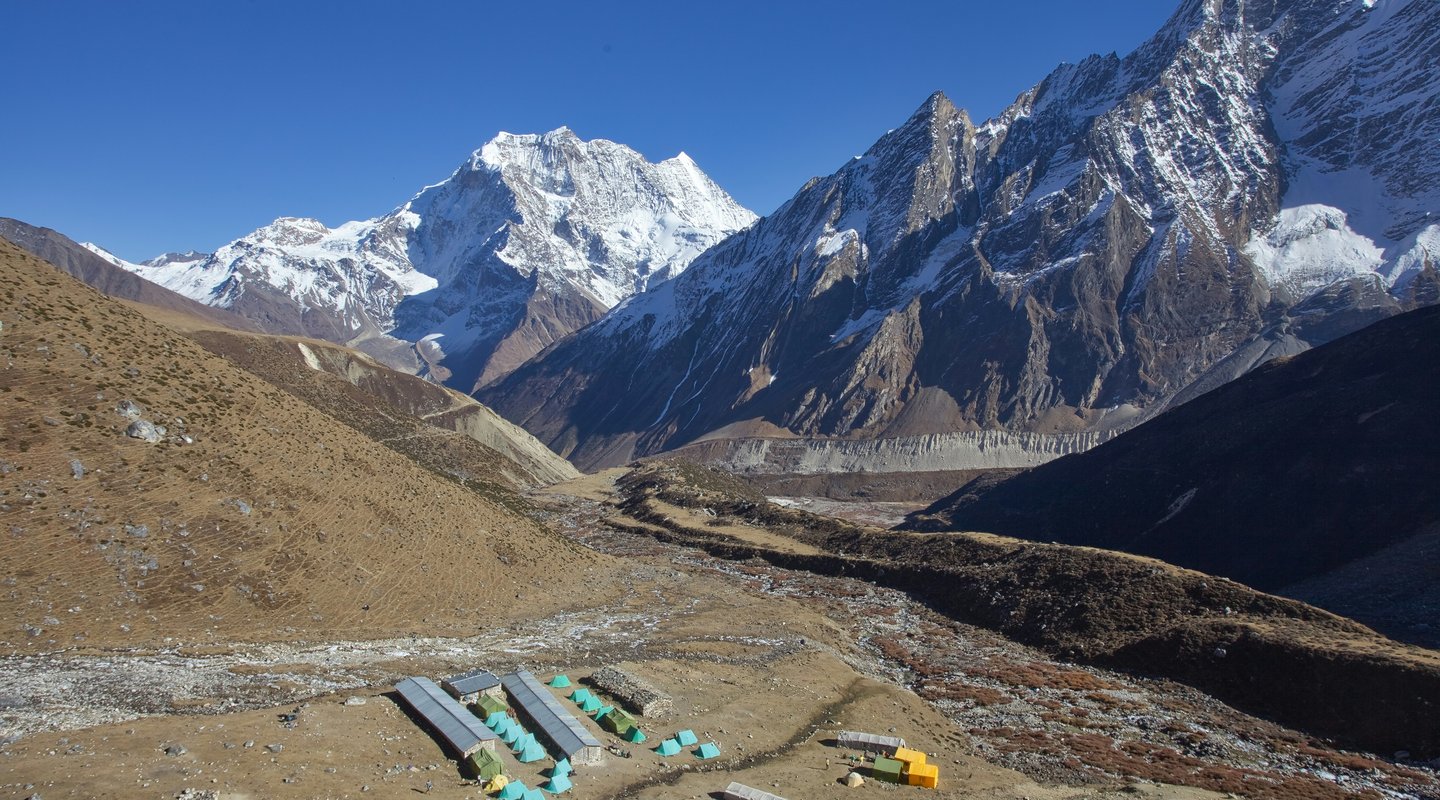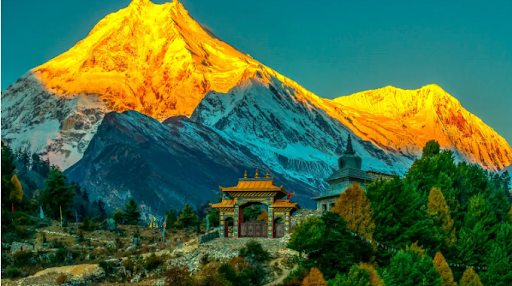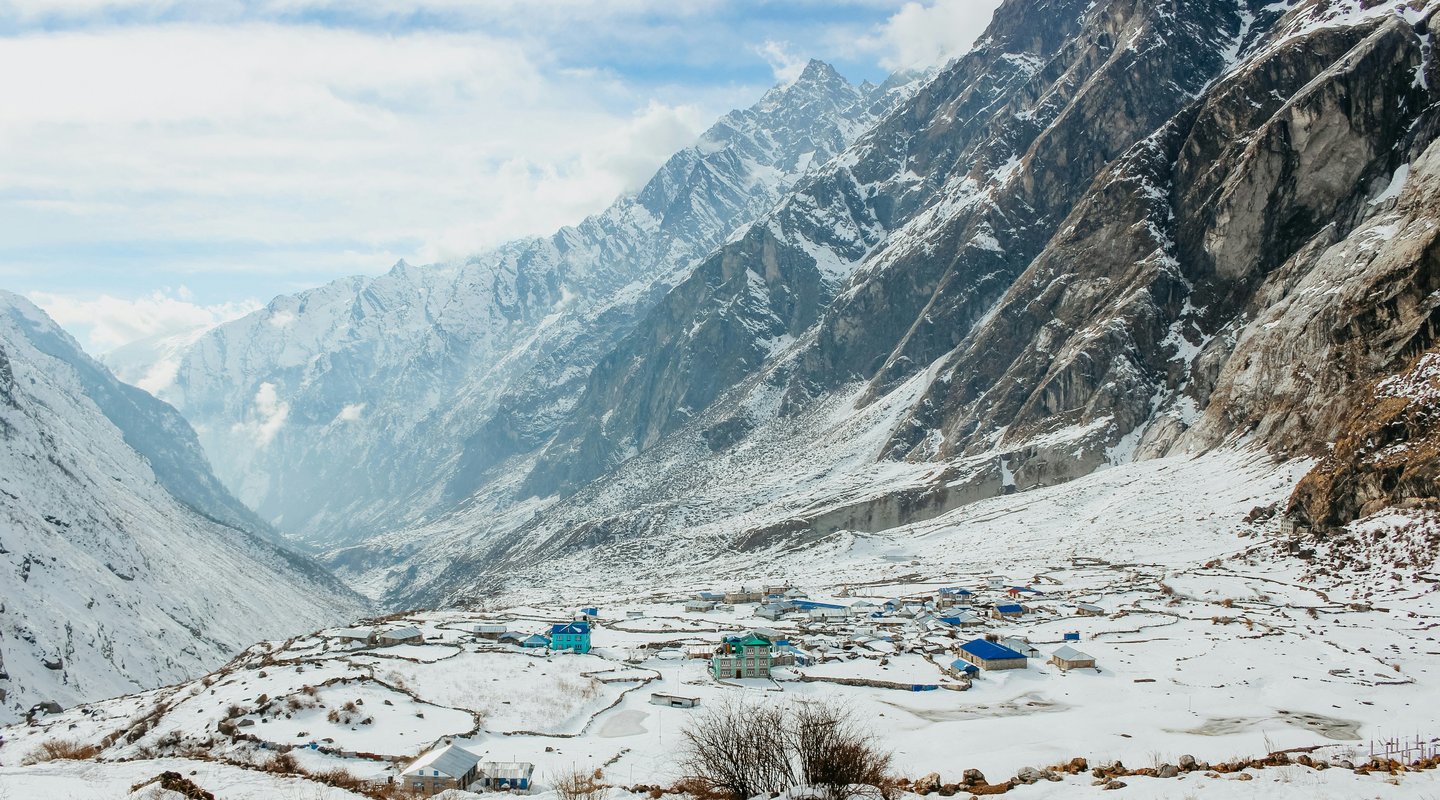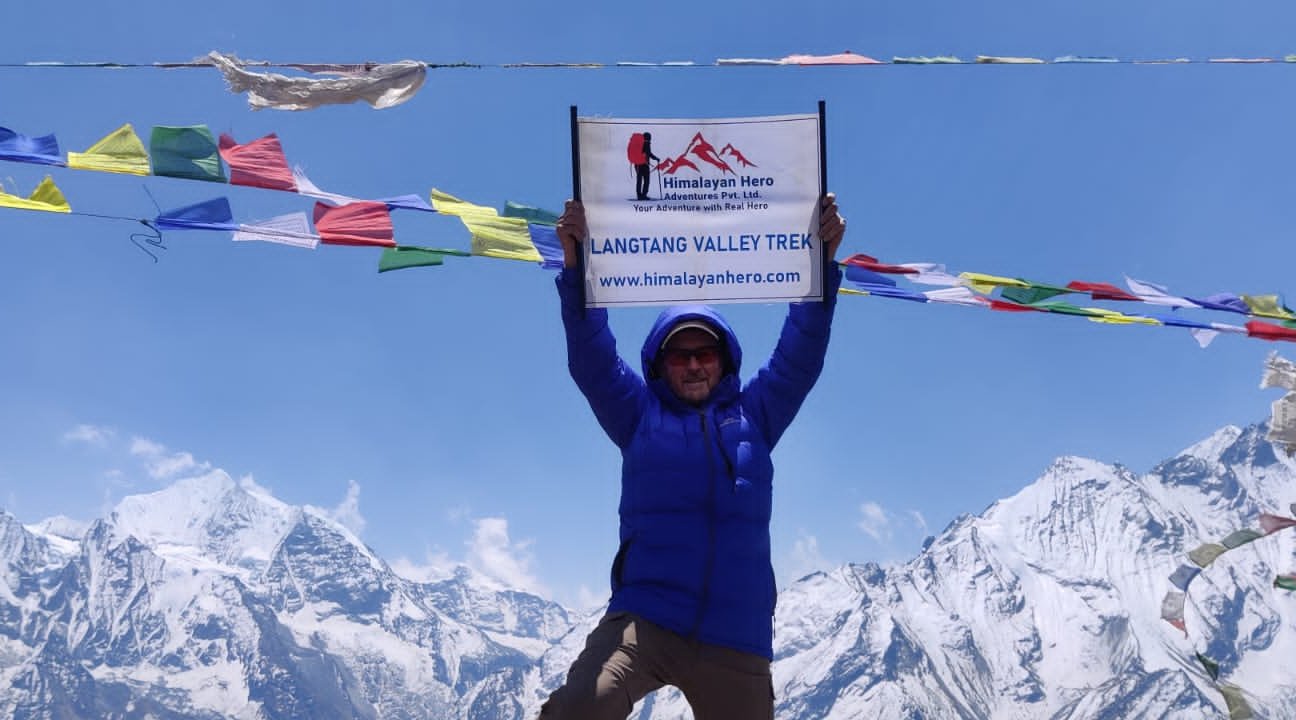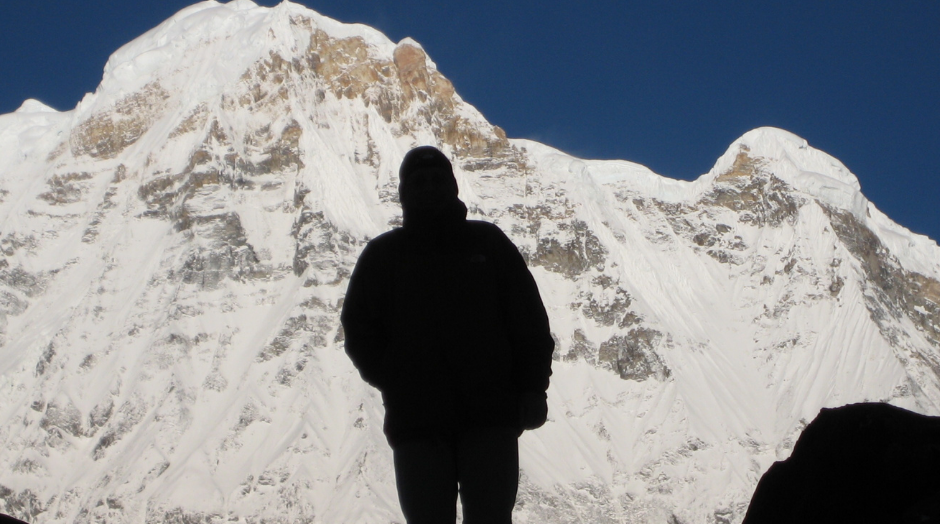
How should you prepare for an Annapurna Circuit Trek? Read this blog to find out what to pack for an Annapurna Circuit Trek. How to use a daypack in Nepal, what sleeping bags we used for the Annapurna Circuit, and other packing essentials for the Himalayas!
How to pack when hiking the Annapurna Circuit has been on our minds for weeks now. While chatting with other hikers, we found out that they were facing the same issue for the Annapurna Basecamp tour, the Poonhil trek, and the Mount Everest Basecamp tour as well. In this blog, we'll show you how to pack for a Nepal trekking trip, as well as a printable trekking checklist!
The Annapurna Circuit was part of what we did. We'll shorten this three-week trek to 12 days. Usually, it takes three weeks. Cars or planes can handle the first and last parts, but they are less attractive than the rest. Moreover, we wanted to leave the option open to go on the Annapurna Basecamp trek or the Poonhill trek after completing the Annapurna Circuit.
Our bags got packed for these places. There were no differences in the weather or hiking conditions, so we did not have to take anything different apart from some extra money.
Please read the recommendations below on what to pack for the Annapurna Circuit.
Wear multiple layers as much as you can and take clothes that dry quickly. Additionally, you use slippers when you shower and thermal clothing at night. While hiking in the mountains, we occasionally enjoyed wearing sports pants under our hiking pants. Alternatively, you could wear thermo pants.
You must wear good socks since you walk considerable distances every day. Choose socks made of breathable, warm wool.
In the mountains, you don't need make-up. All you need is sunblock and lip balm with sunscreen. Due to the sun and cold, our lips were always cracked and painful. We kept our stiff muscles by using lip balm. Wet wipes are an excellent solution for when showering is unpleasant (for instance, when it is cold or when you are late.
It's amazing how many hotels allow you to charge your electronics. Power banks, however, might be more convenient.
We cleaned the water with water purification tablets. These are available in Kathmandu. Likewise, you can also buy the 2l flask to store water.
We wanted to have enough energy bars because energy bars cannot be purchased en route. There are chocolate bars everywhere along the route, but the higher you climb, the more expensive they become.
While hiking, sleep is one of the most important things! Walking distances of between 10 and 25 kilometres per day with height differences of quite a bit are part and parcel of your daily routine. Rest is a must. Generally, tea houses where you sleep have poor conditions or are not isolated. Aside from that, the bedding is not always clean, and the blankets are too thin. The temperatures can get as low as -15 degrees Fahrenheit at night in the winter, so remember to bring a sleeping bag!
Our bag weighed every gram because we did not have a porter for the Annapurna Circuit. Even though our bags were fairly heavy, we could have omitted a few things to make mine lighter. The bag we were carrying (including two liters of water).
An excellent rule of thumb is to have your backpack not weigh more than 5% of your body weight.
Are you accompanied by a porter when hiking? That still leaves you with packing considerations. A rule says porters shouldn't carry more than 15 kilograms. You also employ porters as the employer. Therefore, you also have responsibility for their working conditions.
The budget for each day was $60 (excluding permits), which we managed. For two people, food, drinks, and tea houses were included in this amount. If you also have dinner and breakfast, you will sometimes even sleep free of charge at a tea house. You cannot use a credit card to pay anywhere (almost) on the way.
Well, if you are still unsure of what to pack in your Annapurna trekking trip, do write us in the comment section below.
